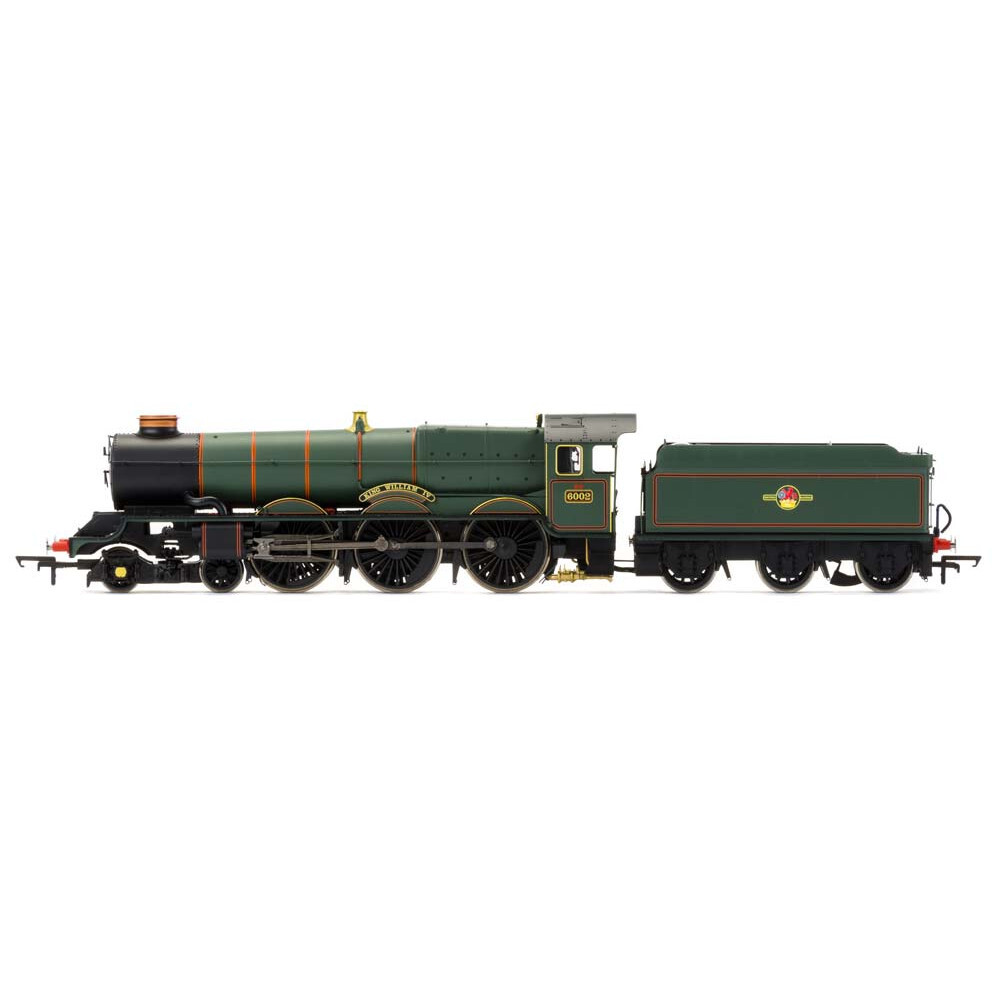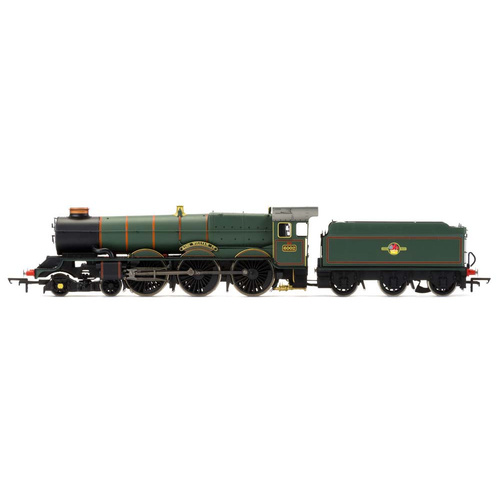Any enquiries should be addressed to:
Attention: Albury RC Models & Hobbies
Email: via contact form (on this page)
Phone: (61 2) 6025 0497
Postal:
321A Wagga Road
Lavington, NSW 2641
INTRODUCTION
Albury RC Models & Hobbies is committed to protecting your privacy and implementing technology that gives you the most powerful and safe online experience.
This Statement of Privacy applies to the Albury RC Models & Hobbies website and governs data collection and usage. By using the Albury RC Models & Hobbies website, you consent to the data practices described in this statement.
The Albury RC Models & Hobbies is also committed to implementing the National Privacy Principles outlined in the Commonwealth Privacy Amendment (Private Section) Act 2000. These principles regulate the collection, use, handling and storage of personal and system information.
For detailed information about the legislation go to the Federal Privacy Commission website http://www.privacy.gov.au/
In abiding by the National Privacy Principles Albury RC Models & Hobbies will:
- collect personal, sensitive and health information by fair, lawful and non-intrusive means
- only use information collected for the provision of quality property services.
In addition, information may be collected and recorded to satisfy Albury RC Models & Hobbies legal obligations not disclose or distribute personal, sensitive or health information collected from its consumers without the consumer’s specific consent or unless required to do so by law. Albury RC Models & Hobbies may distribute aggregated statistical information for reporting purposes, but information that is personally identifying will not be disclosed to third parties disclose, with consent, from time to time, personal, sensitive and health information to others for administrative purposes.
- take reasonable steps to ensure information collected is accurate, complete and up-to-date
- take reasonable steps to protect personal, sensitive and health information held from misuse, loss and unauthorised access, modification or disclosure
COLLECTION AND USE OF GENERAL AND PERSONAL INFORMATION
The Albury RC Models & Hobbies website makes some use of data that directly or indirectly identifies users. We take great care with practices that affect personal privacy. Specific details are described below:
- The Albury RC Models & Hobbies website collects information about your computer hardware which can include: your computer or proxy server IP address, browser type, domain names, access dates and times, pages accessed and documents downloaded, referring web site address, your login details (if relevant) and the status of the visit. This data is used to deliver customized content within Albury RC Models & Hobbies website to users whose behavior indicates that they are interested in a particular subject area and to provide general statistics regarding use of the Albury RC Models & Hobbies website.
- Albury RC Models & Hobbies will not attempt to identify users or their browsing activities unless in the event of an investigation where law enforcement may exercise a warrant to inspect activity logs. This may be necessary to:
- conform to the edicts of the law or comply with legal process served on Albury RC Models & Hobbies website or the site;
- protect and defend the rights or property of Albury RC Models & Hobbies website; and,
- act under exigent circumstances to protect the personal safety of users of Albury RC Models & Hobbies website, or the public.
At times you may be asked to complete survey questionnaires that appear on the Albury RC Models & Hobbies website. These may include your providing identifiable information. You will be given the reasons for the collection of such information and the purpose for which it will be used. By participating in the questionnaire or survey, you are accepting certain additional terms and conditions relating to the use of the information you provide.
Your name and address details will not be added to a mailing list, nor will officers disclose these details to third parties without your consent unless required by law. Email messages may be monitored by our website support staff for system trouble shooting and maintenance purposes.
Although every effort will be made, the Albury RC Models & Hobbies cannot guarantee to reply to emails. Some email received by the Website Administrator may be forwarded to other officers for appropriate action.
SECURITY OF YOUR PERSONAL INFORMATION
Though this site provides facilities for securely transmitting information across the Internet (SSL and encryption), it is recognised that there can be risks with transmitting information across the Internet. This site may contain links to websites not managed by the Albury RC Models & Hobbies. For those sites, the Albury RC Models & Hobbies is not responsible for the privacy or security practices or the content of such websites.
Information collected within the website files and logs are stored on secured servers to prevent unauthorized access.
USE OF COOKIES
The Albury RC Models & Hobbies website use “cookies” to help you personalize your online experience. A cookie is a text file that is placed on your hard disk by a web server. Cookies cannot be used to run programs or deliver viruses to your computer. Cookies are uniquely assigned to you, and can only be read by a web server in the domain that issued the cookie to you.
The purpose of a cookie is to tell the Web server that you have returned to a specific page. This storage lasts in the browser’s memory while the browser is active. The Albury RC Models & Hobbies website checks to see if cookies and java script have been enabled within your browser settings. If not, a message is sent to suggest that you enable these features within your security settings.
Most browsers can be set to accept or reject cookies. You can choose to adjust your browser to reject cookies or to notify you when they are being used. Please note – rejecting cookies may limit the functionality of the Albury RC Models & Hobbies website.
CHANGES TO THIS STATEMENT
Albury RC Models & Hobbies will occasionally update this Statement of Privacy to reflect the organisation, legislation and customer feedback. Albury RC Models & Hobbies encourages you to periodically review this statement to be informed of how Albury RC Models & Hobbies is protecting your information.
CONTACT INFORMATION
Albury RC Models & Hobbies welcomes your comments regarding this Statement of Privacy. If you believe that Albury RC Models & Hobbies has not adhered to this statement, please contact Albury RC Models & Hobbies – Website Administrator. If you would like further information about the way Albury RC Models & Hobbies manages the personal information it holds, please contact Albury RC Models & Hobbies.



 More info
More info



